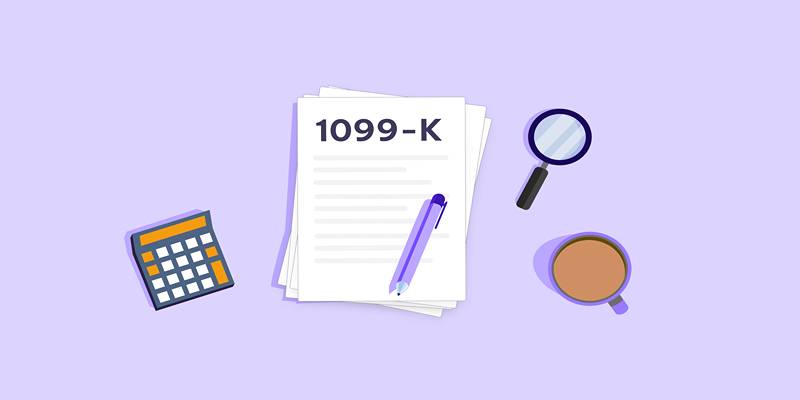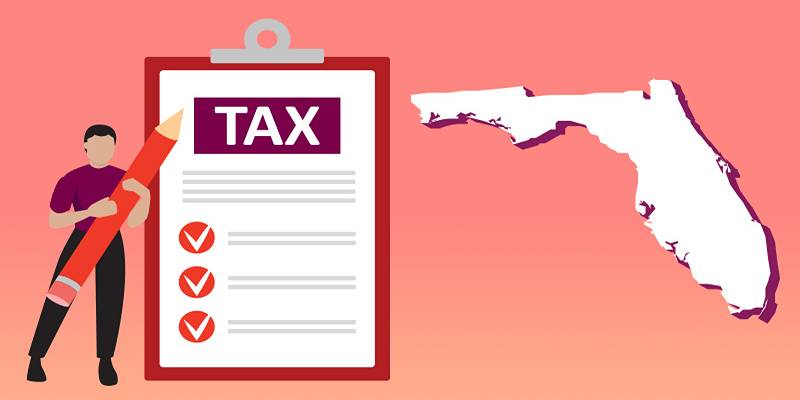Student loan consolidation has become a popular option for many borrowers looking to manage their debt more effectively. For those juggling multiple loans, it can feel overwhelming, especially when trying to keep track of various due dates, interest rates, and monthly payments. Consolidating student loans allows borrowers to simplify their repayment process and, in many cases, save money over time.
In this article, we’ll explore what student loan consolidation is, how it works, and the key benefits it offers. If you’re trying to figure out whether consolidation is the right move for you, this guide will provide clarity on the topic.
What is Student Loan Consolidation?
Student loan consolidation is the act of merging two or more student loans into a single loan. If you have multiple loans with varying interest rates, payback terms, or services, you can merge them into a single loan with one monthly payment. The new loan normally has a fixed interest rate equal to the weighted average of the interest rates on your current loans, rounded up to the next one-eighth percent.
For federal student loans, consolidation is facilitated through a Direct Consolidation Loan, which the U.S. Department of Education provides. Private lenders also provide consolidation for private loans, though the terms might vary. Consolidating your student loans can help streamline your payments and potentially lower your monthly costs. However, it's essential to understand the process and weigh both the pros and cons before deciding if consolidation is right for you.
The Loan Consolidation Process
Consolidating student loans is pretty easy but does need close attention to detail. For federal loans, the United States Department of Education provides an easy-to-use online platform that walks borrowers through the consolidation process. If your loans are private, you will need to go through your lender and ask about their consolidation plans.

When consolidating federal loans, the first step is to gather all your loan information. This includes the loan balance, interest rate, and servicer details for each of your loans. Once you’ve gathered all the necessary information, you’ll apply for a Direct Consolidation Loan through the Department of Education’s website. If you are consolidating private loans, the application process will vary depending on your lender.
One important point to keep in mind is that when you consolidate federal loans, you lose access to some benefits like loan forgiveness programs, income-driven repayment plans, and other borrower protections. Therefore, before consolidating federal loans, it's crucial to understand the impact of these benefits. On the other hand, consolidating private loans may come with more flexible repayment options and potentially lower interest rates, depending on your creditworthiness.
Benefits and Drawbacks of Student Loan Consolidation
Student loan consolidation offers several benefits but also comes with some potential drawbacks. It’s essential to weigh both sides before deciding whether consolidation is the right choice for you.
Benefits
Student loan consolidation offers several benefits. It simplifies repayment by combining multiple loans into one, making it easier to manage with a single monthly payment. This can reduce the chances of missing payments. Additionally, consolidation may lower your monthly payments by extending the loan term.
For federal loans, consolidation offers a fixed interest rate based on a weighted average of your existing loans, providing stability. If you have private loans, consolidation might also lower your interest rate, depending on your credit score. Overall, consolidation can streamline your finances and provide better loan management.
Drawbacks
While consolidation has its advantages, it also comes with drawbacks. One major downside is the loss of borrower benefits, especially for federal loans, such as income-driven repayment plans or access to loan forgiveness programs like Public Service Loan Forgiveness (PSLF). Additionally, consolidating can extend your loan term, leading to lower monthly payments but higher overall interest costs.
If you consolidate federal loans with a private lender, you forfeit federal protections, and you may not be able to consolidate certain types of loans together. Carefully consider these drawbacks before choosing consolidation.
Things to Consider Before Consolidating
While student loan consolidation offers several benefits, there are also some potential drawbacks to be aware of before proceeding. Understanding both the pros and cons is essential to ensure you're making an informed decision.
Loss of Borrower Benefits
Consolidating federal loans can result in losing important borrower benefits, such as income-driven repayment plans, deferment, or forbearance options. If you're working toward Public Service Loan Forgiveness (PSLF), consolidation may disqualify you from the program. Carefully review any benefits you currently receive and assess how consolidation might affect them before proceeding.
Extended Loan Term

Consolidating student loans can extend your loan term, reducing monthly payments but increasing the total amount of interest paid over the loan’s life. While lower monthly payments may seem appealing, this could result in paying more in the long run. Evaluate your financial goals to determine if this trade-off makes sense for you.
Private Loan Consolidation vs. Federal Loan Consolidation
Federal and private loans cannot be consolidated together through federal programs. If you consolidate federal loans with a private lender, you’ll lose federal protections, such as income-driven repayment plans and loan forgiveness options. Consider the trade-offs and weigh the pros and cons of consolidating each loan type separately before making a decision.
Conclusion
Student loan consolidation can provide substantial relief for borrowers looking to simplify their finances and reduce their monthly payments. While there are clear advantages to consolidating, such as simplifying your payment schedule and locking in a fixed interest rate, it’s important to understand the potential downsides as well. Loss of benefits and extending your loan term could increase the amount you pay in the long run, so it’s essential to carefully consider your options. If you’re ready to streamline your student loan payments and potentially save money, consolidation could be the solution you need—but be sure to weigh all the factors before making the final decision.












